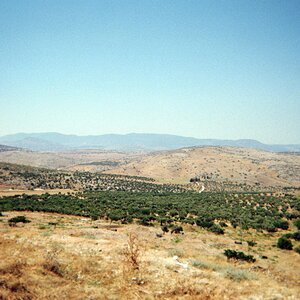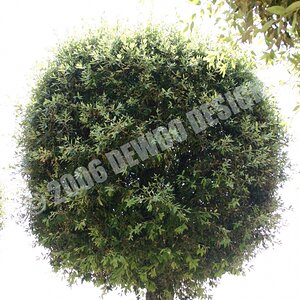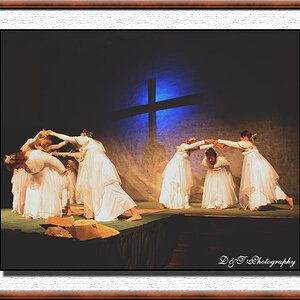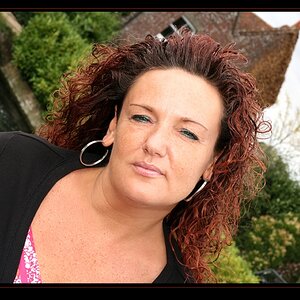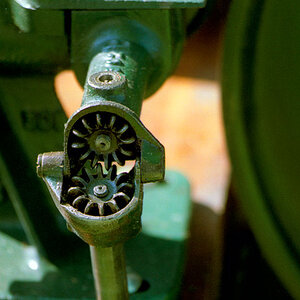Hertz van Rental
We're supposed to post photos?
To prove that you can do it.
You see a scene, you pre-visualise it and then do the magic. When it turns out just as you saw it in your mind you get a kick that is better than sex.
And before you ask, you are proving it to yourself.
You see a scene, you pre-visualise it and then do the magic. When it turns out just as you saw it in your mind you get a kick that is better than sex.
And before you ask, you are proving it to yourself.



![[No title]](/data/xfmg/thumbnail/39/39225-99d579cd498f8f152a288d7e8e7ad2a4.jpg?1619738926)

